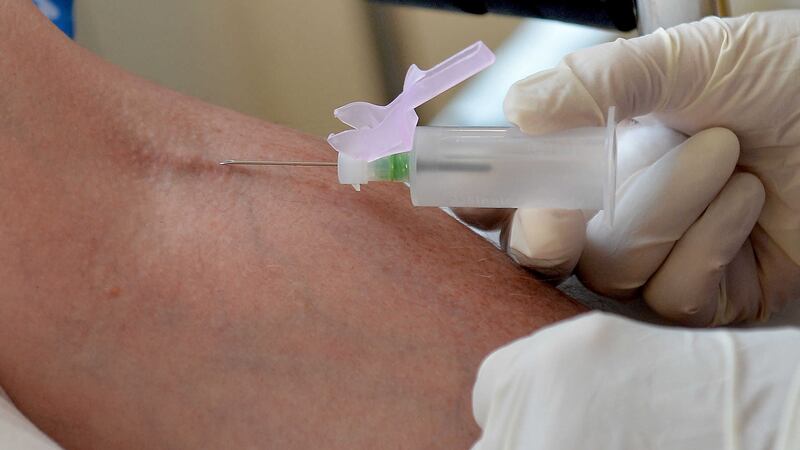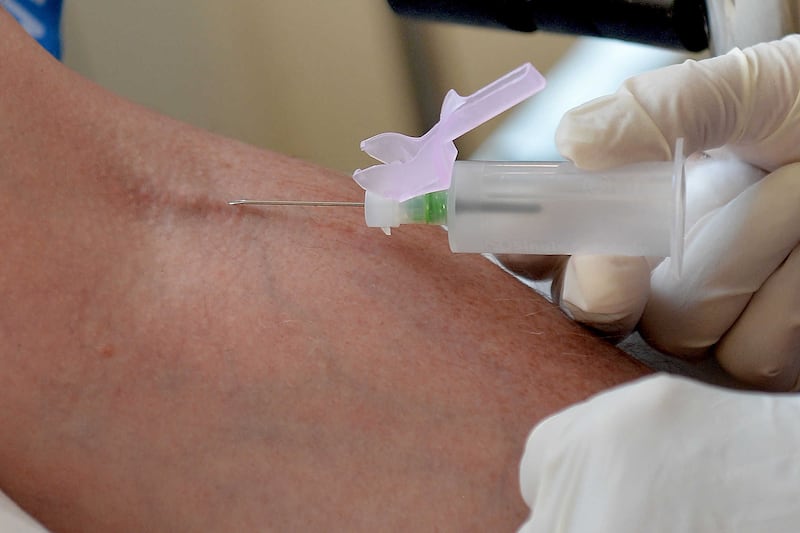GENE-EDITING injections could one day offer hope to people suffering from devastating inherited diseases, new research suggests.
A first step towards the revolutionary treatment has been demonstrated by scientists who used it on mice with the wasting disease Duchenne muscular dystrophy (DMD).
The technique involves cutting out a tiny piece of flawed DNA with surgical precision while avoiding complex and difficult traditional gene therapy.
Crucially it can be applied to adults and does not require controversial tampering with genes in eggs and sperm that are passed onto future generations.
In a series of mouse studies, three teams of US researchers showed how a gene-editing package delivered by an injected virus can lead to partial recovery from DMD.
The disease is one of the most common and severe of a group of inherited muscle-wasting conditions that affect around 70,000 people in the UK.
It is usually diagnosed in boys in early childhood, causing muscle degeneration, disability and premature death.
Men with the condition can only expect to live to their 20s or 30s.
DMD is incurable, but scientists have looked at the possibility of treating it with gene therapy techniques that involve inserting functional DNA into cells.
However, the large size of the faulty dystrophin gene that triggers the condition makes correcting it a challenge.
The new research suggests that with gene-editing it might be possible to treat the condition simply by deleting a small piece of scrambled DNA whose presence prevents the gene working normally.
Although the treated mice were not completely cured, dystrophin gene activity was restored to a level that would be expected to achieve adequate muscle function in a patient with DMD.
The gene-editing tool, known as CRISPR-Cas9, harnesses a defence mechanism bacteria used against viruses to home in on targeted sections of DNA which are then snipped away with an enzyme that acts like molecular "scissors".
Only shown to work in human cells three years ago, the system has such enormous potential it was hailed as the 2015 "breakthrough of the year" by the prestigious journal Science.
The latest research, published in Science, used an injected virus to deliver the gene-editing components directly into the muscles of mice with DMD.
This resulted in a small section of defective protein-coding DNA known as exon 23 being "edited out".
Natural repair mechanisms then stitched the two loose ends of the DNA molecule together to create a shortened but working version of the gene.
One study by scientists at Duke University found that the treatment restored dystrophin protein to roughly 8% of its normal level.
Previous research has suggested that even 4% would be enough to achieve adequate muscle function in patients with DMD.
Dr Charles Gersbach, associate professor of biomedical engineering at Duke University, said: "Recent discussion about using CRISPR to correct genetic mutations in human embryos has rightfully generated considerable concern regarding the ethical implications of such an approach.
"But using CRISPR to correct genetic mutations in the affected tissues of sick patients is not under debate.
"There is still a significant amount of work to do to translate this to a human therapy and demonstrate safety.
"But these results coming from our first experiments are very exciting.
"From here, we'll be optimising the delivery system, evaluating the approach in more severe models of DMD, and assessing efficiency and safety in larger animals with the eventual goal of getting into clinical trials."
Writing in Science, the authors say that potentially the approach could be used to treat a range of neuromuscular disorders and "many other diseases".
A second study led by scientists at Harvard University in the US, used a red fluorescent marker to show how the gene-editing treatment altered the development of muscle fibres.
The third team from the University of Texas demonstrated that the treatment worked best when the gene-editing kit was injected directly into muscles.



